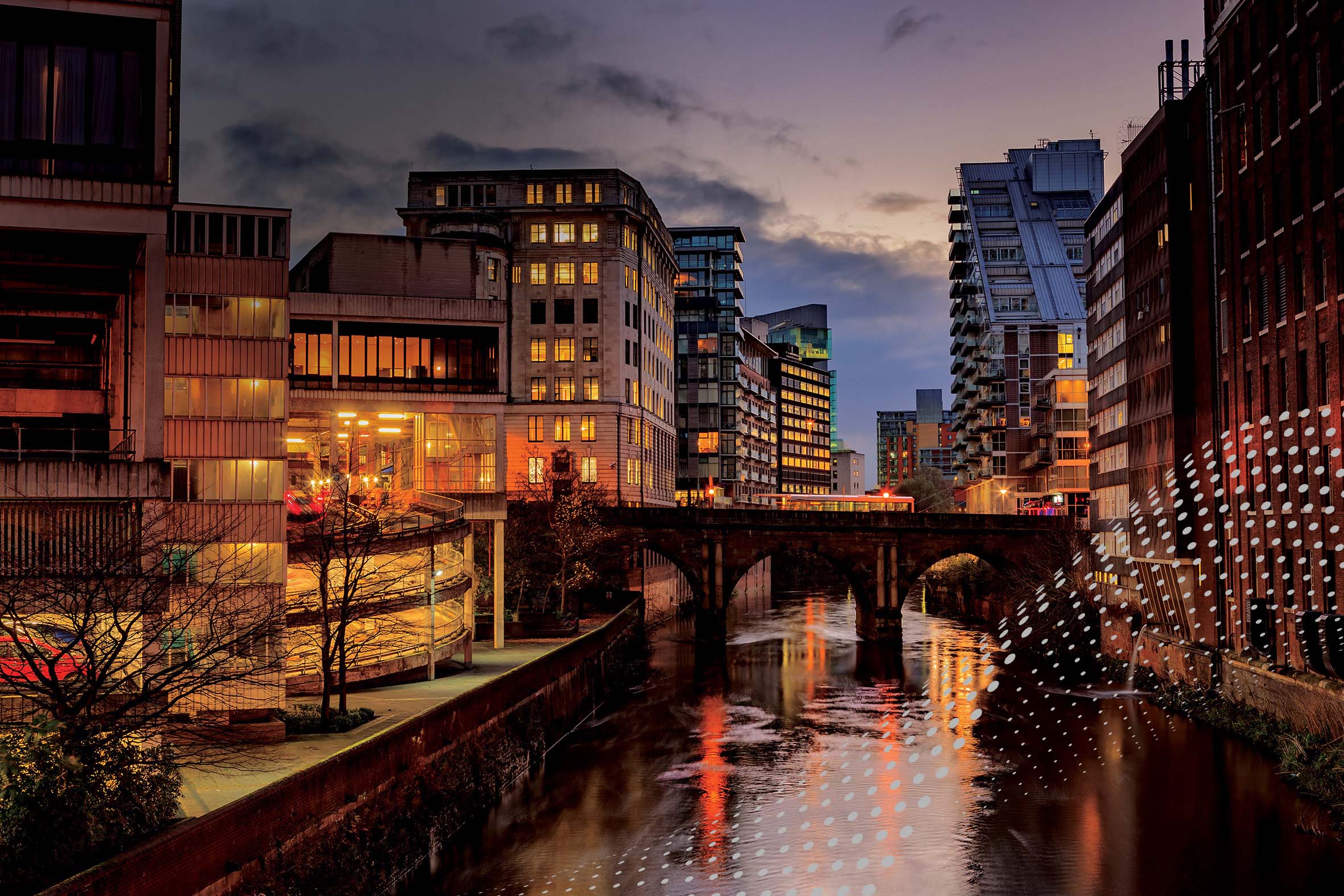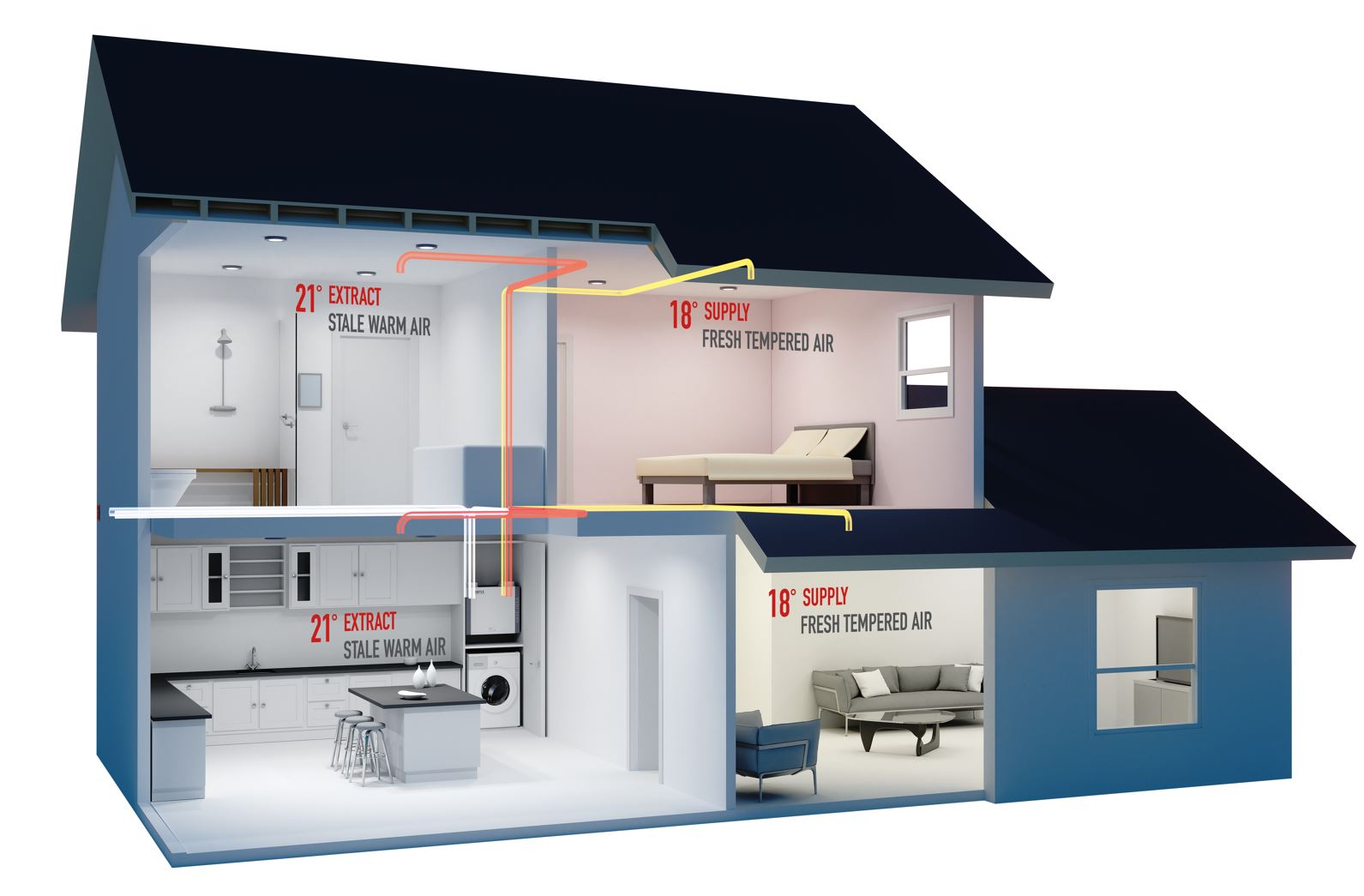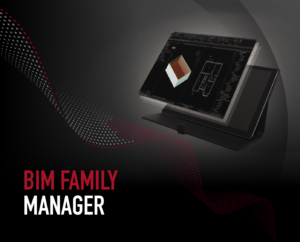

Ventilation has become a key concern in our buildings. Ventilation has progressed from the primary concerns around condensation and mould prevention; to reducing over heating in the more air tight new homes we began to build in response to the Code for Sustainable Homes; through to addressing the issue of harmful indoor air pollution. Most recently, ventilation is being talked about in the light of reducing virus transmission, elevating the subject to something that the everyday person now discusses and is aware of.
Ventilation and Coronavirus
Coronavirus, which causes the COVID-19 disease, is primarily spread in indoor environments by people breathing in infected droplets and smaller ‘aerosol’ particles in the air that have been exhaled from the nose and mouth of an infected person.
Whilst masks help to limit the spread of these droplets, good ventilation is essential to disperse them. Without ventilation, which brings fresh air into a building, the particles are unable to disperse, lingering in the air for hours and building up over time. The more people that are in an unventilated area, and the longer they spend in that space, the more likely they are to breath in these particles and become infected with the virus.
A short film released by the Department of Health and Social Care in November 2020, which is part of the ‘Hands. Face. Space’ campaign urging the public to adopt simple health behaviours to help reduce the risk of the virus spreading, shows how ventilation can reduce the risk of infection from Coronavirus by over 70%, as fresh air dilutes the particles. The video focuses on natural ventilation through opening windows, but also acknowledges the role mechanical ventilation systems have to play when used correctly and regularly.
An advisor on the film and part of the government’s Scientific Advisory Group for Emergencies (SAGE), Professor Catherine Noakes studies air movement and the infection risk associated with different ventilation systems. Her research highlights the importance of good ventilation as a way to stop the spread of infection in indoor environments. “When a room does not have any fresh air,” she states “…that is when transmission of coronavirus is most likely. Fresh air must come from outdoors – recirculating air just means the aerosols containing the virus move around the same room rather than being extracted outdoors.
“Ventilation units or any household systems that use outdoor air can be just as effective as opening windows or doors as long as they are limiting the recirculation of the same air.”
The Benefits of Mechanical Ventilation in Reducing Transmission
Whilst extract fans in bathrooms and kitchens provide a basic level of ventilation and are low in cost, they are only one step above opening a window. Using these fans, replacement fresh air is provided via background ventilators and normal air leakage.
For a more effective solution, that ensures fresh air reaches all rooms in a home and pollutants are directly extracted without losing costly heat from the property, whole house mechanical ventilation solutions can’t be beaten, especially if you opt for a Mechanical Ventilation with Heat Recovery (MVHR) system.

MVHR combine supply and extract ventilation in one system. They work on the principle of extracting and re-using waste heat from ‘wet rooms’ (kitchens, bathrooms, utility spaces). They efficiently pre-warm the fresh air drawn into the building with waste stale air using a heat exchanger. The filtered, pre-warmed air is then distributed around the home, effectively meeting part of the heating load in energy efficient dwellings. Domus Ventilation’s new HRXE-HERA™ and HRXE-AURA™ MVHR units feature advanced heat exchange proficiency enabling up to 95% of waste heat to be recovered. They come with 100% thermal (summer) bypass which automatically activates when the air temperature reaches a pre-set level, allowing in cooler, fresh, filtered air without warming it through the heat exchanger.
MVHR systems provide effective ventilation, are energy efficient, extremely effective at reducing the risk of virus transmission, condensation and cold air draughts and, with their built-in air filters, are particularly useful in more polluted urban areas.
A lower cost, easier to install alternative to MVHR, Mechanical Extract Ventilation (MEV) systems are also available. These actively extract air from wet rooms via ducting to a central ventilation unit which exhausts to the atmosphere. The systems are typically two speed, providing low speed continuous trickle ventilation and high-speed boost flow. Replacement fresh air is drawn into the property via background ventilators located in the habitable rooms and through air leakage.
Both types of system have been recognised by the World Health Organisation (WHO) as providing a line of defence against the spread of coronavirus.
Because of the nature of these systems, which require extensive ducting, they are mostly suited to new build properties. For housebuilders, these mechanical ventilation systems are no longer being seen as ‘nice to have’, but are slowly transitioning to something more akin to life safety systems.
Lest we Forget: Air Pollution
Ventilation in our homes has never been more important, but it would be a mistake to focus solely on coronavirus as the only threat to our health. We have been in the midst of a health crisis for some time, caused by pollution in the air we breathe. According to NHS England, 30% of preventable deaths in England are due to non-communicable diseases specifically attributed to air pollution. Particulate matter, notably PM2.5 and NOx, are the biggest threats here. This has been sadly brought to the fore by the recent recognition of air pollution as a cause of a person’s death for the very first time in the UK, and possibly the world.
However, much of the focus on air pollution has been on polluted external air, whereas our exposure to air pollution mostly happens indoors, where we typically spend 90% of our time; with coronavirus lockdown periods, this figure has increased, along with the risk to our health.
Indoor air pollution sources are widespread and vary dramatically from house to house. Sources include cooking, cleaning, fires, candles and even building and decorating materials. Outdoor air pollution is another source and features some of the more lethal types of pollution including nitrogen oxides, which are tiny particles that can easily enter our homes around closed doors.
For reducing indoor air pollutants, experts agree that both source removal and ventilation are key.
We have already looked at how whole house mechanical ventilation systems work and how effective they are in distributing fresh air throughout the home. But in more polluted areas, such as cities, bringing air into the home also brings in dangerous pollutants, especially if the property is located near a busy road. In these instances, ventilation has to be combined with filtration. The Domus Ventilation NOX-FILT, for example, works on the supply leg of the ducting system of a mechanical ventilation system and prevents up to 99.5% of NO² pollution from entering a home. There are two units in the range with the second one having the added benefit of a PM2.5 pre-filter.
Whilst the unexpectedly hot spring and summer months of 2020 saw external air pollution drop dramatically as we lived through the first coronavirus lockdown, sadly this has not been repeated in the second nationwide lockdown this winter. With even more time spent indoors out of the bad weather, not only have we sadly seen a rise in COVID-19 infections, but also air pollution. This has come from the large numbers of people working from home, who are using their gas boilers – a major source of local pollution – during the day, when normally they would be in their workplace and the heating at home would be off. At the same time, many workplaces will continue to be heated for those staff who are in. NOx emissions from cars are unlikely to drop much as, although fewer people are going to the workplace, many are using cars when previously they would have taken public transport.
The Years Ahead
No one is pretending that 2021 is going to be a good year, but there is light on the horizon for sure. We are witnessing one of the biggest vaccination programmes in the history of the world in a bid to fight coronavirus. We are also seeing governments across the world taking air pollution seriously and putting measures in place to reduce it. And we are seeing ventilation being recognised as a valuable and relatively low cost means of improving our indoor environment and our health.





